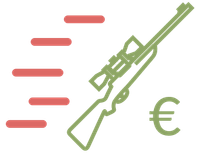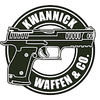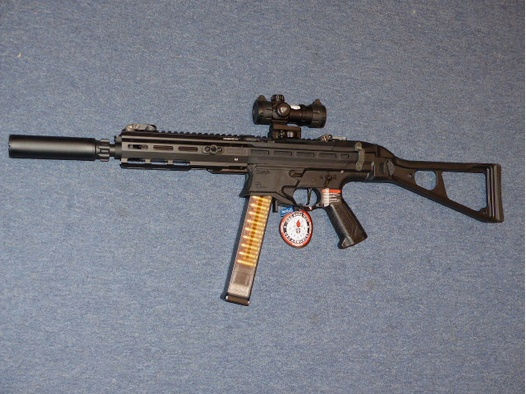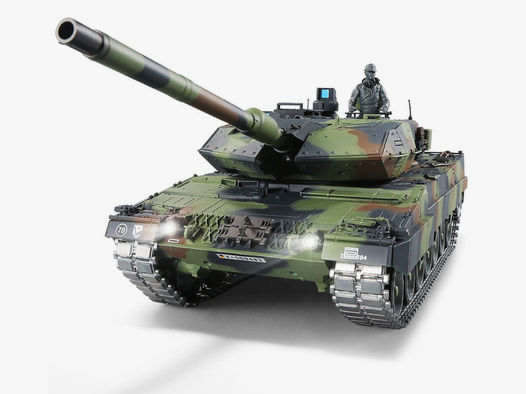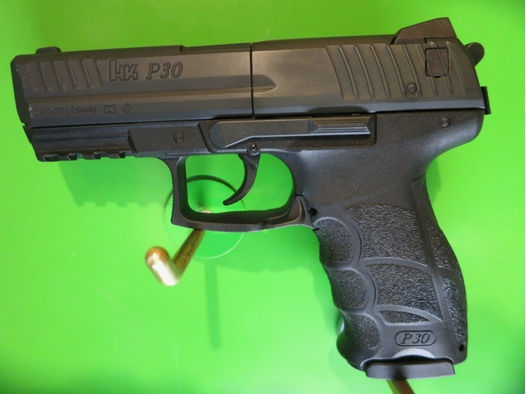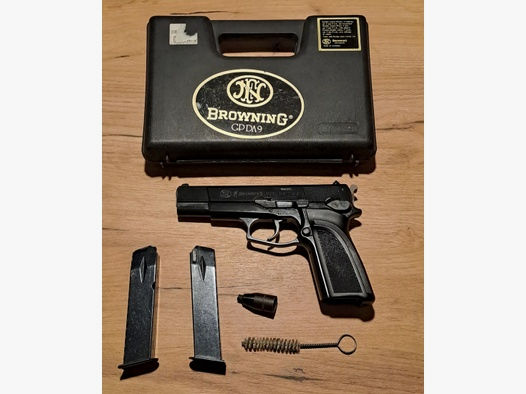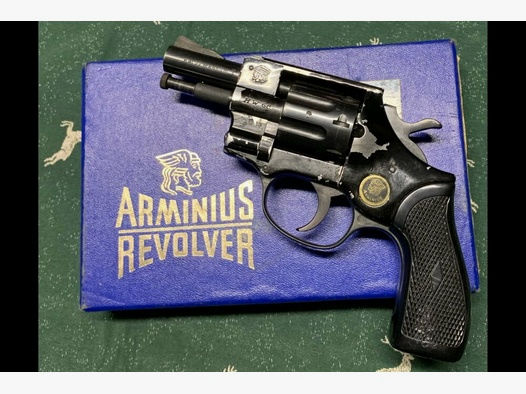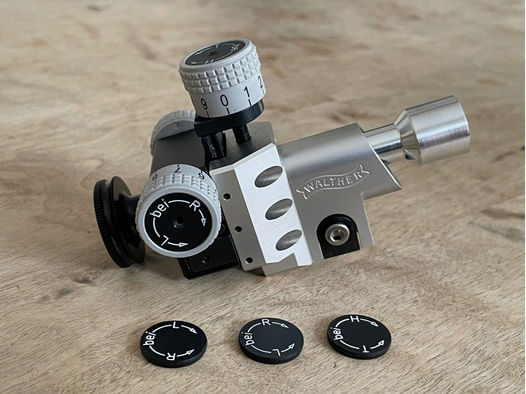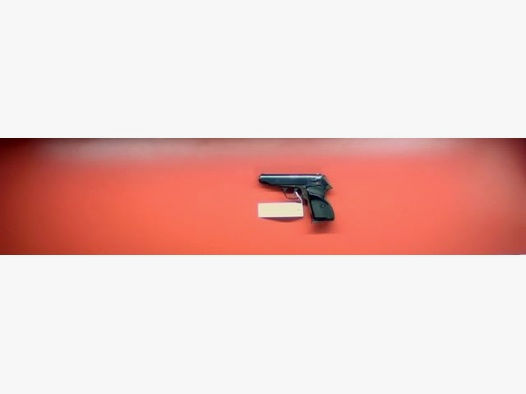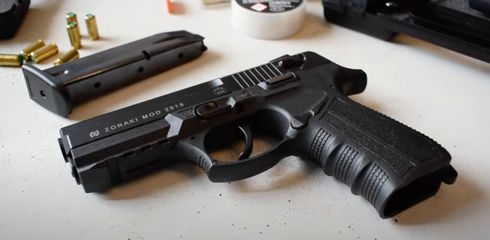Not only in Germany, but also in other European countries, alarm, irritant and signal weapons were manufactured, tested and ultimately sold under a wide variety of legal conditions. For this reason, numerous models exist today, which differ greatly from one another, particularly in terms of their technical specifications.
However, the European Union is striving to harmonize the individual firearms laws. Alarm weapons should also comply with a common standard from a technical perspective. Implementing Directive EU 2019/69 has now taken this endeavor into account. The effects of this directive on the German firearms market will be explained in more detail in the following article.
Acquisition and possession of EU alarm weapons
In Germany, alarm weapons are classified as so-called free weapons. Acquisition and possession therefore do not require a special permit (minimum age 18 years).
However, this previously only applied to weapons with a PTB test mark. Alarm weapons from other member states of the European Union were not covered.
However, with the implementation of the aforementioned implementing directive, these special alarm weapons have now been added to Annex 2, Section 2, Subsection 2, No. 1.3b of the Weapons Act:
"alarm, irritant and signal weapons which comply with the legislation of another Member State notified by that Member State to the European Commission pursuant to Article 4(2) of Commission Implementing Directive (EU) 2019/69 of January 16, 2019 laying down technical specifications for alarm and signal weapons pursuant to Council Directive 91/477/EEC on control of the acquisition and possession of weapons as a measure implementing that Implementing Directive."
Consequently, these weapons may also be freely purchased.
Carrying EU alarm weapons
The question then arises as to whether tested EU weapons without a PTB test mark may also be carried in Germany? According to § 10 Para. 4 WaffG, the requirements for the granting of a permit to carry alarm, irritant and signal weapons are listed in Annex 2 Section 2 Subsection 3 No. 2 and 2.1 - small firearms license.
According to this, alarm weapons may be carried without proof of expertise, need and liability insurance. This means that only the age of majority, reliability and personal suitability play a role. And this in turn applies to alarm, irritant and signal weapons in accordance with subsection 2 no. 1.3.
As no distinction is expressly made here between 1.3a (PTB weapons) and 1.3b (EU weapons), all alarm weapons freely available for sale in Germany may in principle be carried with a small firearms license.
Official entry in the small firearms license
Nevertheless, the small firearms license (in the sample form) only lists alarm, irritant and signal weapons with PTB approval marks (in a circle). EU weapons are not explicitly named. This leads to uncertainties, which is why a change to the document or at least an official entry on the back seems sensible. And this is precisely why I submitted a corresponding application to my local firearms authority and my small firearms license was actually amended for a fee of 20 euros. According to the authority, this would not have been necessary as the permit already covers both types of alarm weapons due to the current legal situation, but it now provides significantly more legal certainty.
Shooting, storage and other provisions
Apart from the special features already mentioned, EU alarm weapons are classified in the same way as conventional PTB alarm weapons. The legal requirements for shooting and storage can therefore be found in this article.
Conclusion and final consideration
If alarm, irritant and signal weapons comply with the legal provisions of another member state of the European Union (taking into account the Implementing Directive 2019/69), they count as so-called free weapons in Germany even without a PTB test mark. Acquisition and possession therefore do not require a separate permit.
Carrying is permitted with a small firearms license.
Incidentally, there is currently no standardized European test mark for alarm weapons. The official inspection of these weapons is therefore anything but simple. Interested buyers are also still faced with the problem of distinguishing EU-compliant pistols and revolvers from unauthorized models.
Further information on alarm weapons and, of course, other unrestricted weapons can be found on my YouTube channel "Kwannick - Waffengesetz und Co".
Disclaimer: The excerpts from the Weapons Act are taken from the currently valid version of 01.09.2020. The author of this article assumes no liability for the topicality, correctness and completeness of the information provided.
